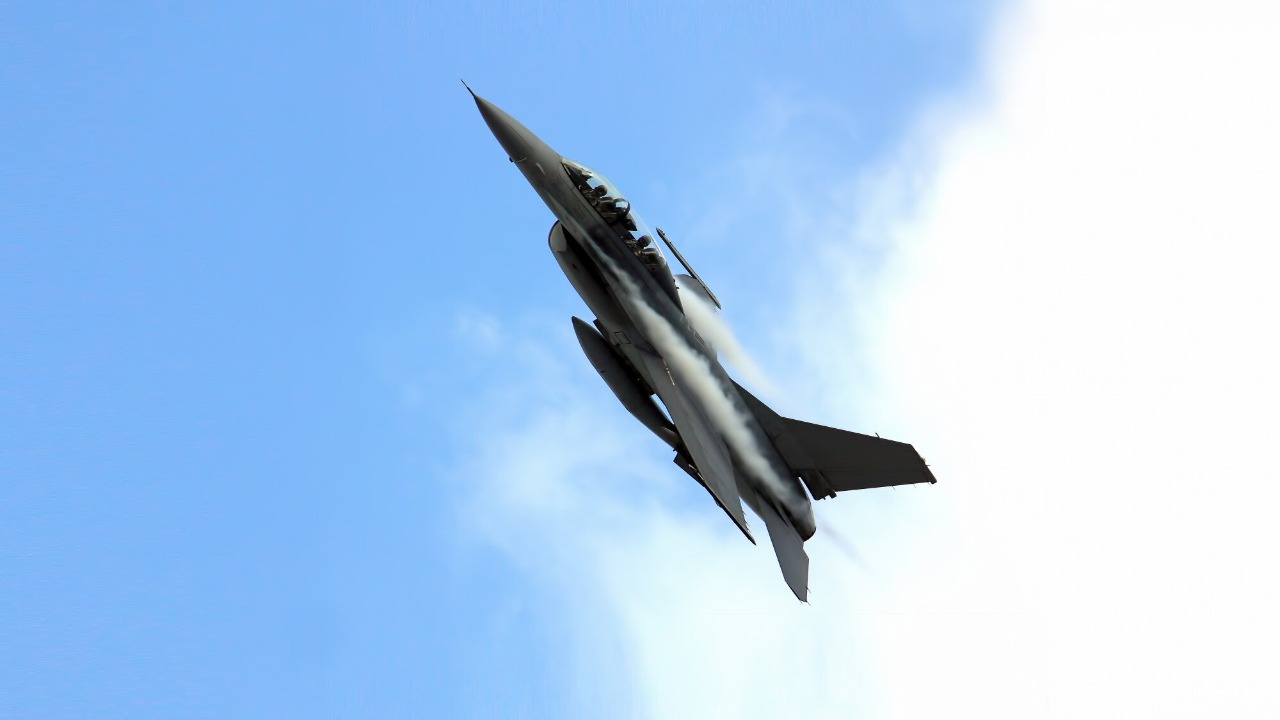
Pilots execute a range of complex aerial maneuvers that showcase their skill and push aircraft capabilities to the limits. These maneuvers, often performed in airshows or military exercises, demonstrate the agility and precision required to master the skies. From gravity-defying rolls to abrupt turns, let’s explore some of the most thrilling aerial stunts pilots can perform.
The Barrel Roll
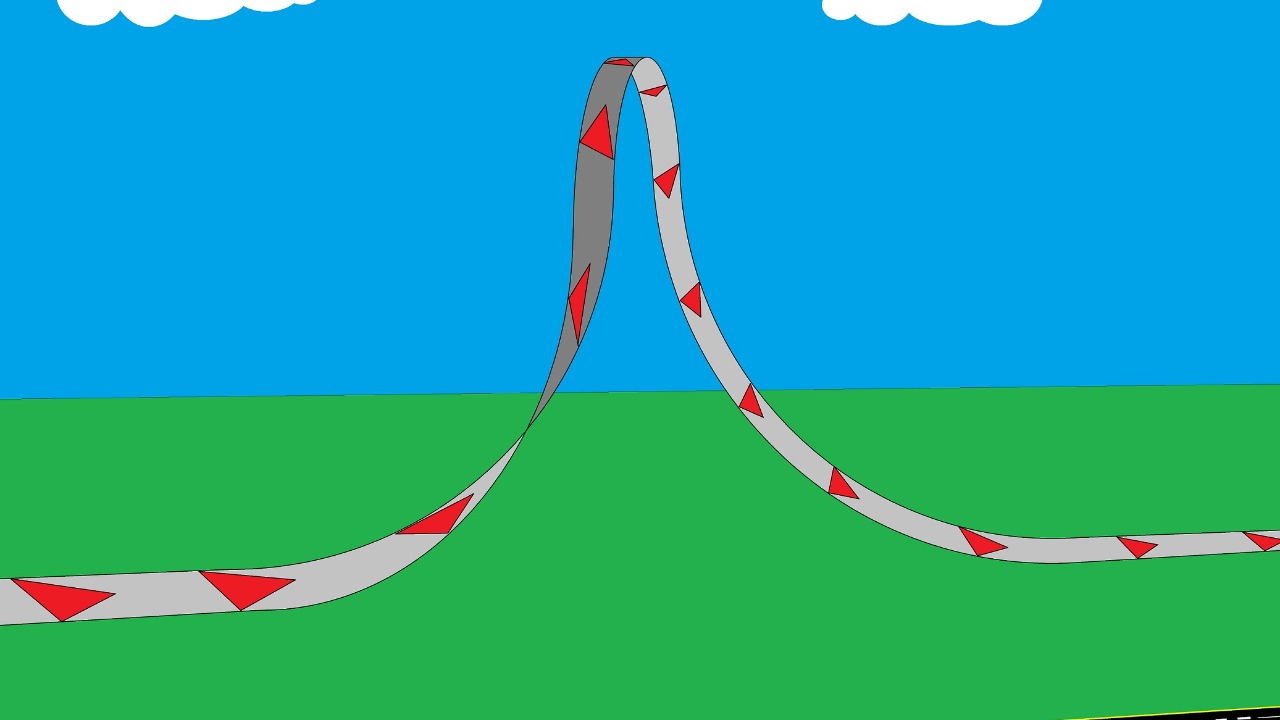
The barrel roll is a classic aerobatic maneuver where the aircraft performs a complete rotation around its longitudinal axis while maintaining its original flight path. This maneuver combines elements of a loop and a roll, creating a corkscrew-like path through the sky. It requires precise coordination and control, making it a staple in aerobatic displays.
Originally developed for military purposes, the barrel roll is now a popular stunt in civilian aviation as well. It’s a testament to a pilot’s ability to handle complex dynamics, and its graceful execution never fails to impress spectators.
The Immelmann Turn
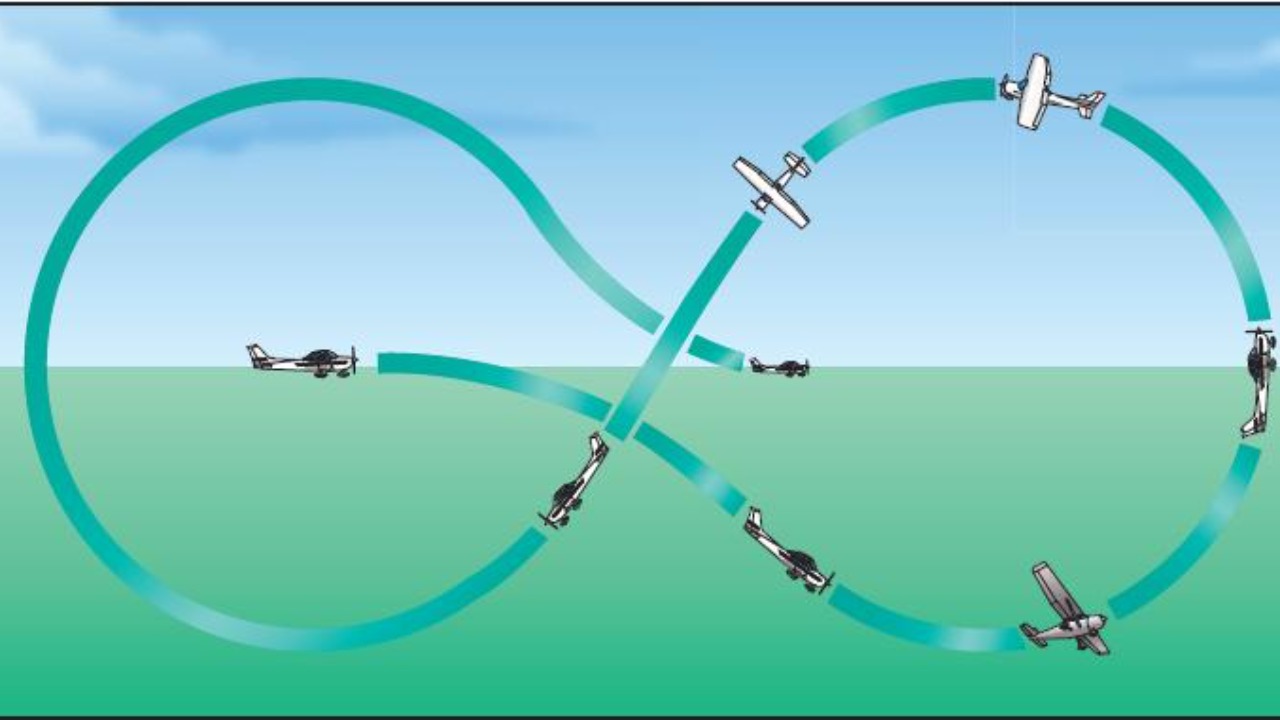
The Immelmann turn is named after World War I pilot Max Immelmann, who used it as an aerial combat tactic. The maneuver involves a half-loop followed by a half-roll, which allows the aircraft to change direction while gaining altitude. This combination of movements is not only tactically advantageous but also visually spectacular.
Executing an Immelmann turn requires skillful control of the aircraft’s speed and position. It demonstrates how pilots can effectively use aerobatic techniques for both combat and entertainment. For more on aerial tactics, read more here.
The Split S
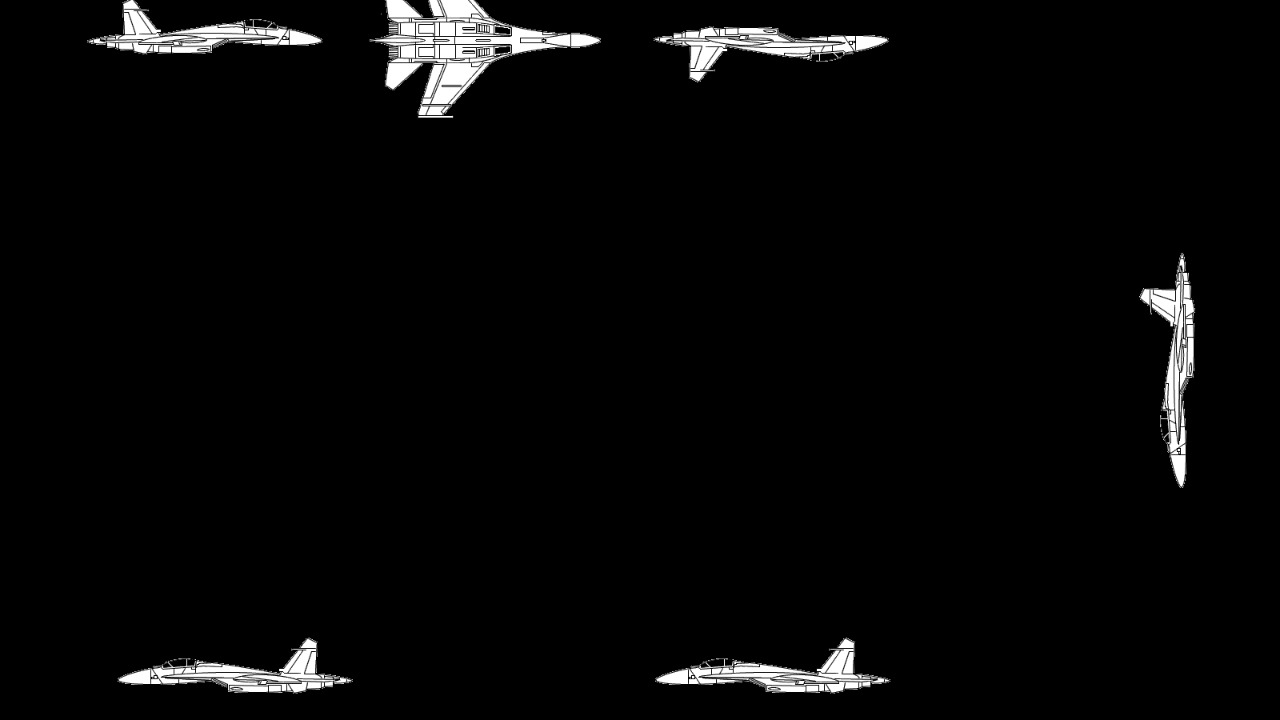
The Split S is essentially the reverse of the Immelmann turn. The maneuver starts with a half-roll to invert the aircraft, followed by a half-loop to bring the plane back to level flight. This sudden change in altitude and direction can be disorienting but is extremely effective in evading threats.
While it requires precise execution, the Split S is a crucial maneuver for pilots needing to quickly reposition themselves. It showcases the importance of understanding aircraft dynamics and the ability to remain composed under pressure.
The Pugachev’s Cobra
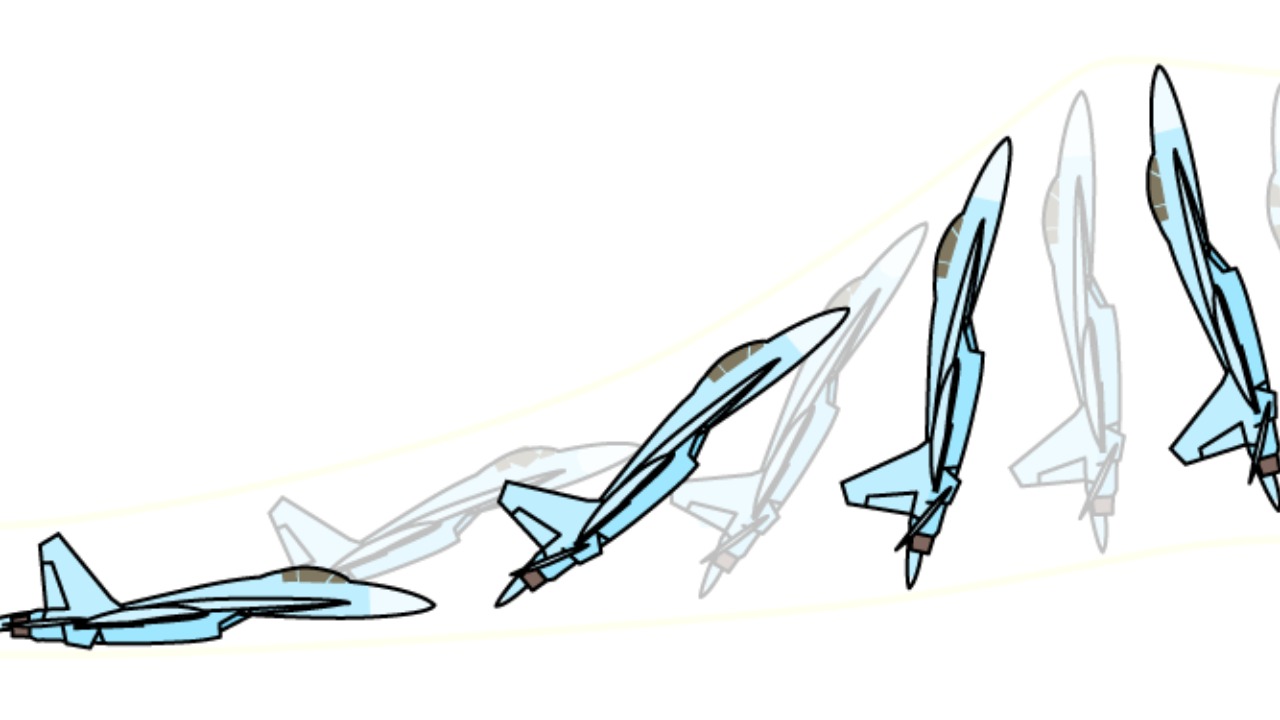
The Pugachev’s Cobra is an extreme maneuver where the aircraft suddenly raises its nose to a vertical position before dropping back to normal flight. This maneuver is particularly famous for its demonstration of an aircraft’s angle of attack capabilities without stalling.
Performed primarily by high-performance fighter jets, the Cobra showcases the cutting-edge engineering of modern aviation. It’s a favorite among airshow enthusiasts and a testament to the pilot’s skill in handling advanced aircraft dynamics. Learn more about innovative aerial technology here.
The Kulbit
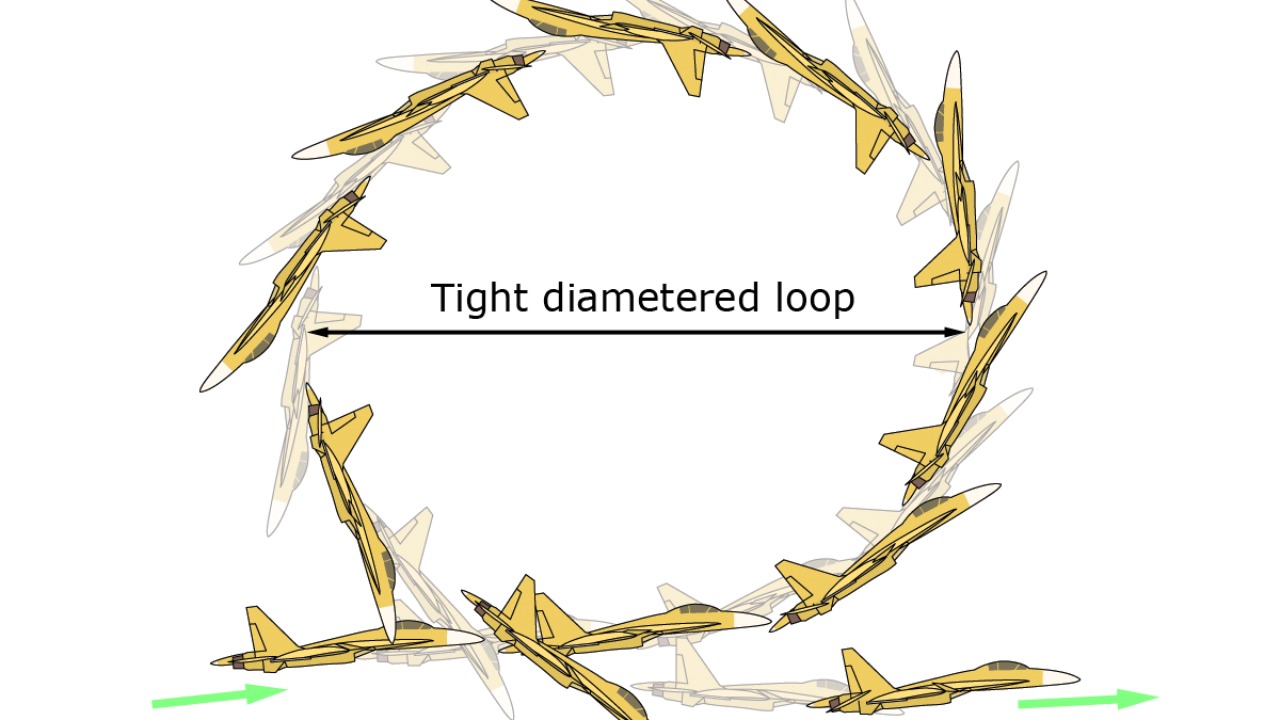
The Kulbit, also known as the “somersault,” is an advanced version of the Pugachev’s Cobra. It involves the aircraft performing a tight loop, bringing it almost to a standstill before completing the rotation. This maneuver demonstrates extreme agility and control, showcasing the pilot’s ability to execute high-angle attacks.
Although it’s less common in combat, the Kulbit is a crowd-pleaser at airshows, highlighting the power and precision of modern fighter jets. It requires synchronized inputs and a deep understanding of the aircraft’s capabilities.
The Lomcevak
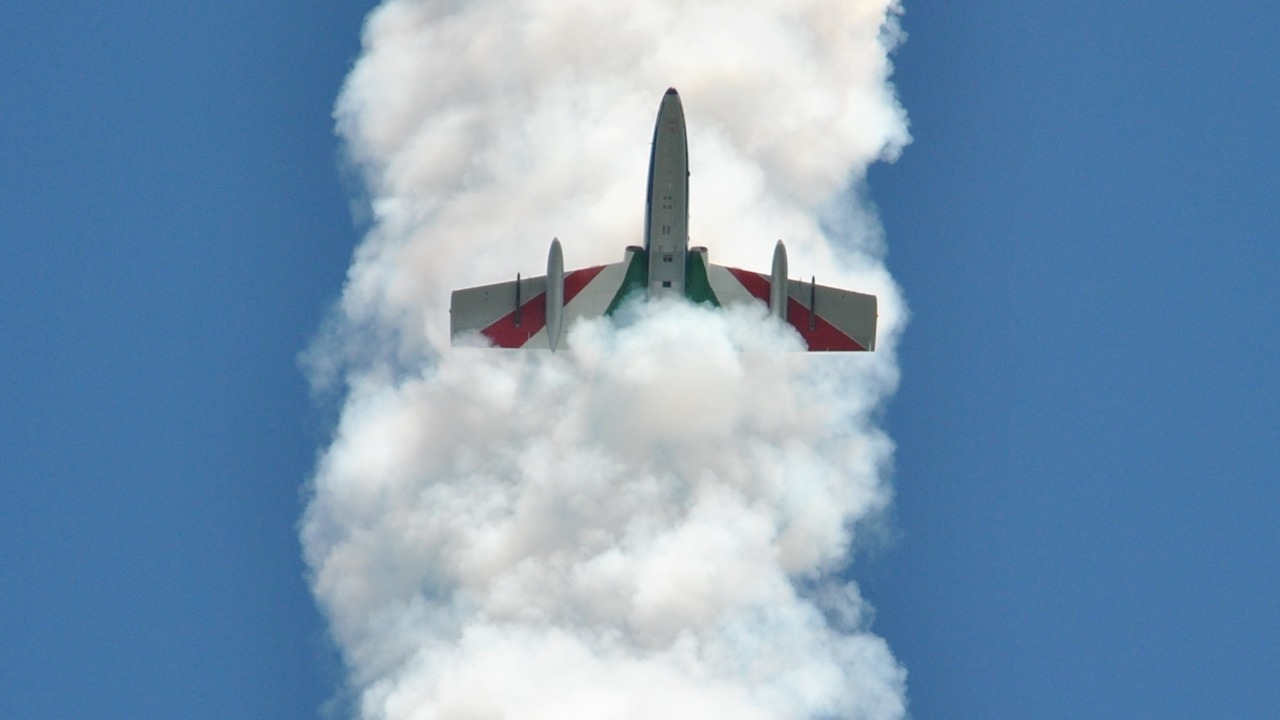
The Lomcevak is a chaotic yet fascinating maneuver where the aircraft tumbles end over end. Originating from Eastern European aerobatic pilots, this maneuver involves a rapid series of flips and spins, creating a visually stunning display.
Executing a Lomcevak requires excellent spatial awareness and confidence in the aircraft’s structural integrity. It’s a favorite among aerobatic pilots who want to push their skills and aircraft to the absolute limit.
The Hammerhead Turn
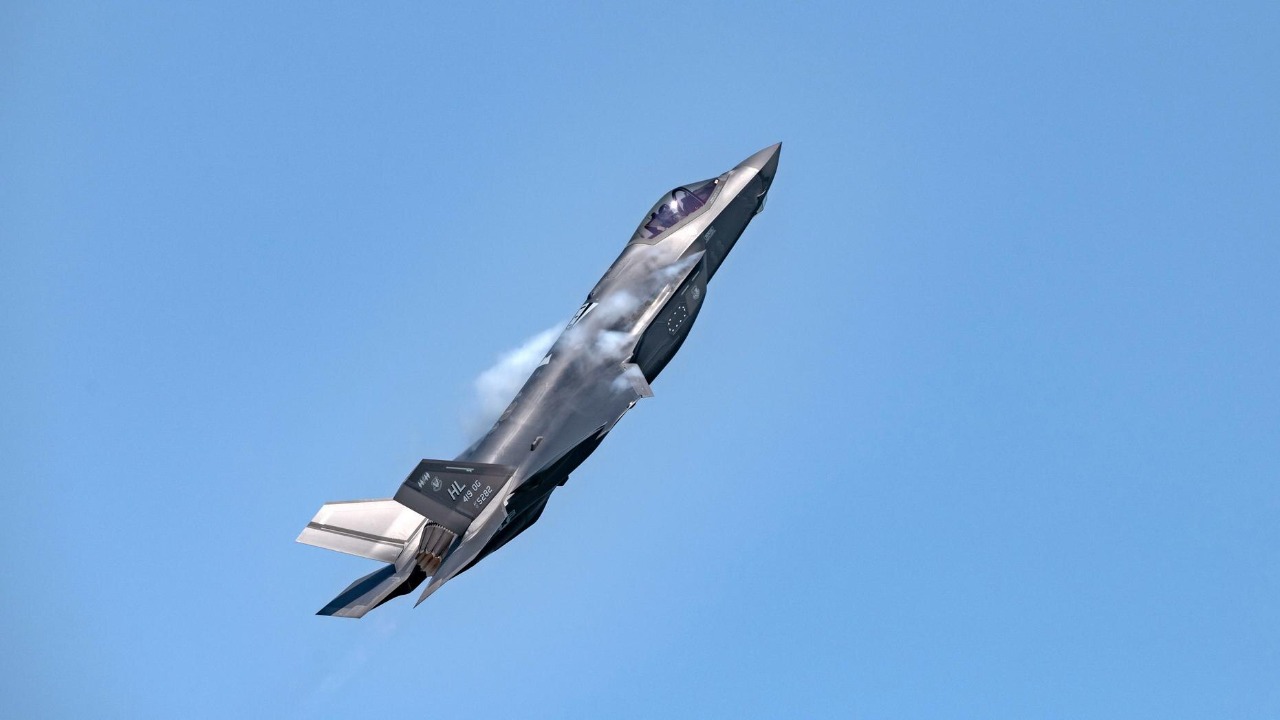
The Hammerhead turn, or the “stall turn,” involves climbing vertically before pivoting on the yaw axis to head back down. This maneuver requires precise control of the rudder to execute the pivot without losing altitude.
The Hammerhead is not only a thrilling display of skill but also a practical maneuver in aerobatic competition. It showcases the pilot’s ability to balance complex forces while maintaining control. To practice maneuvers like the Hammerhead, check out this guide for aspiring pilots.